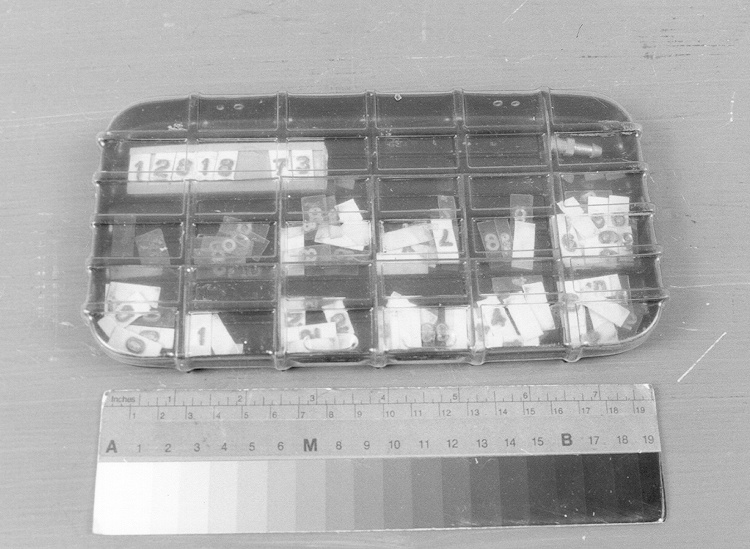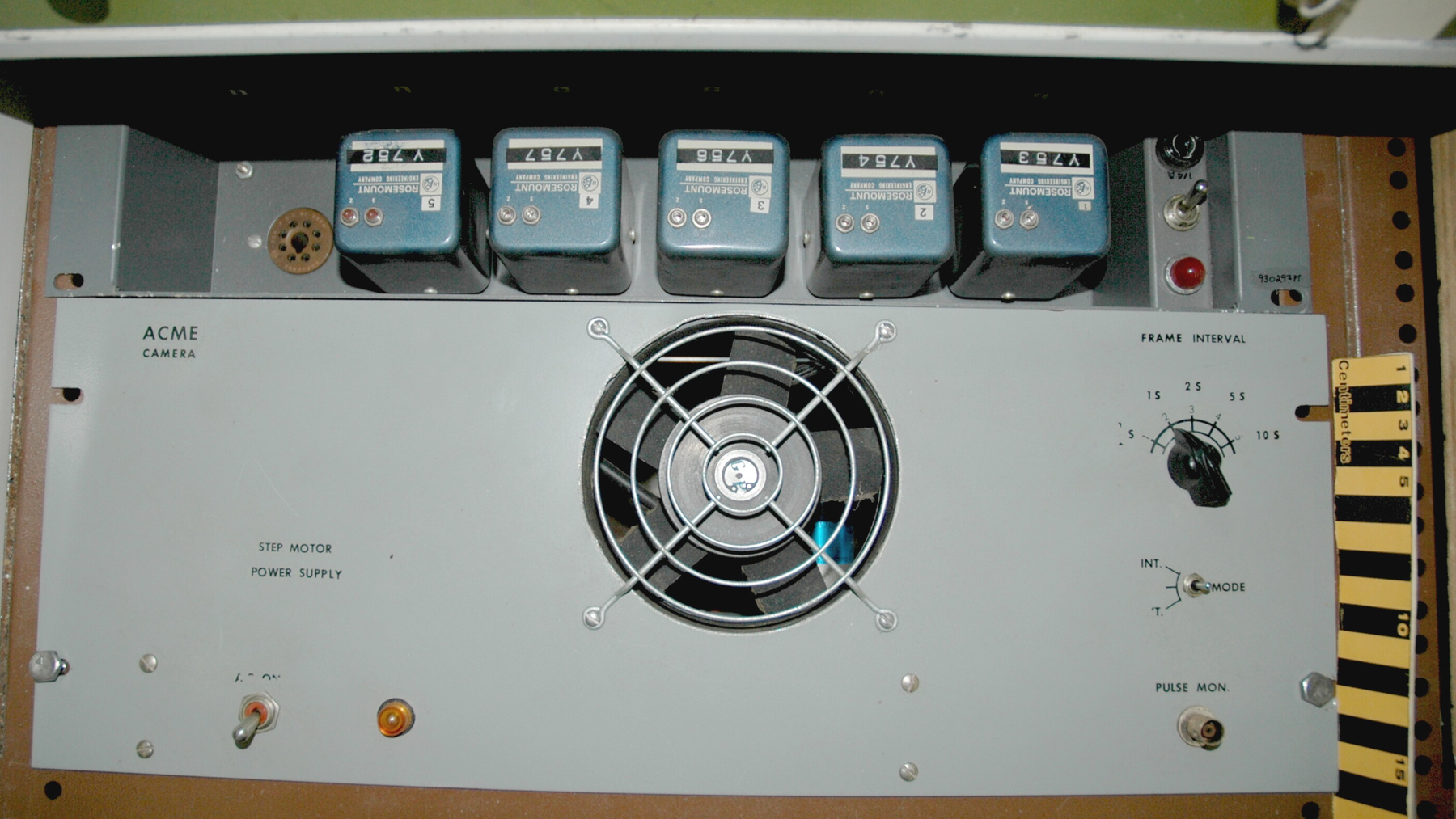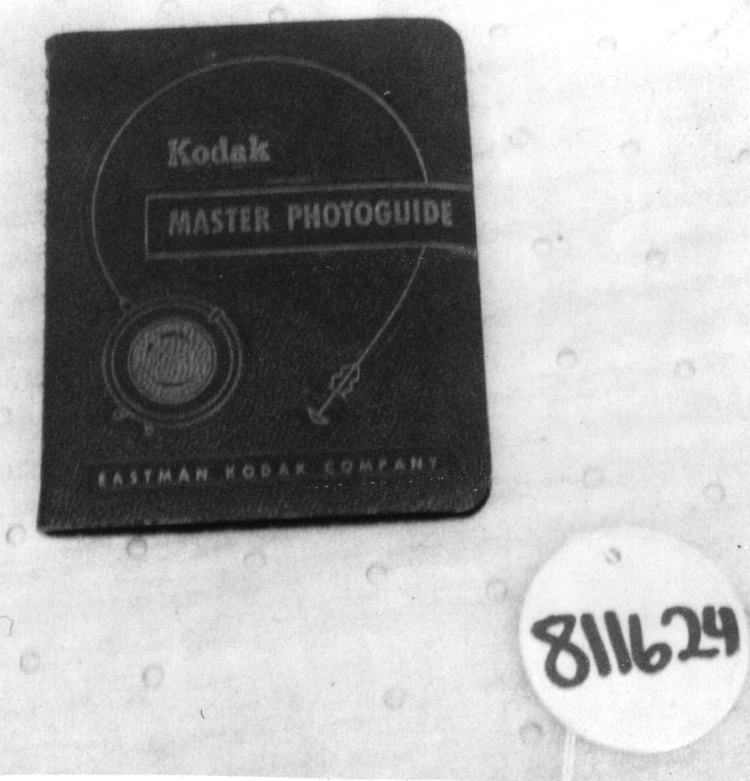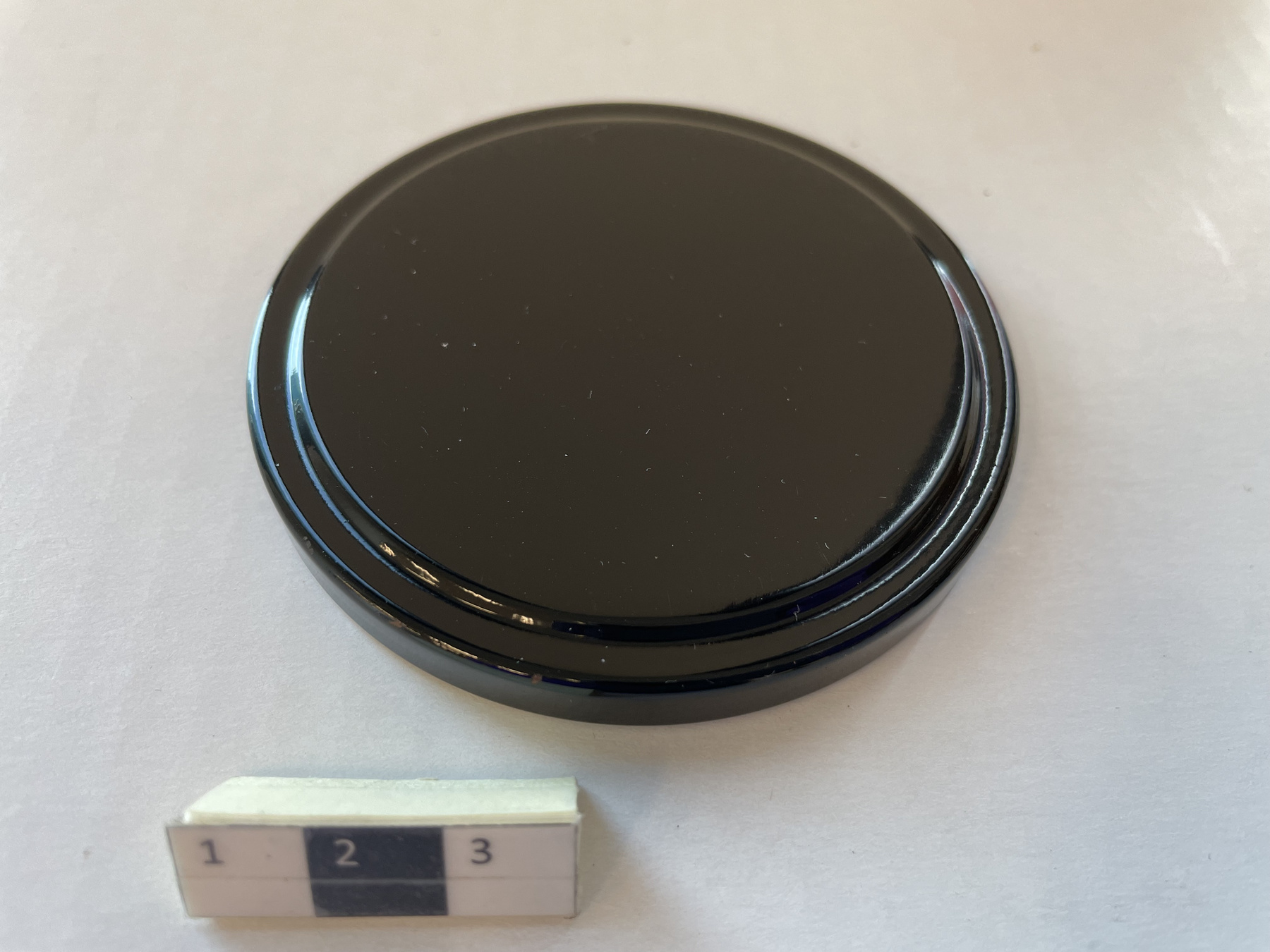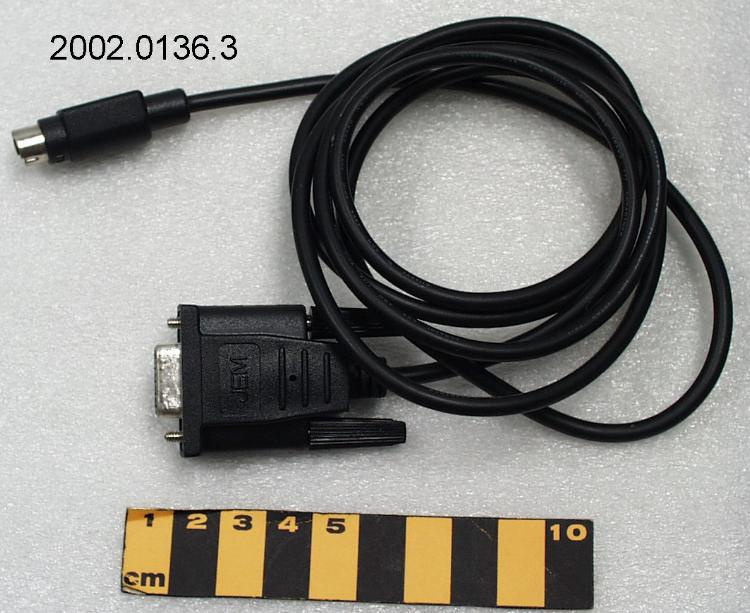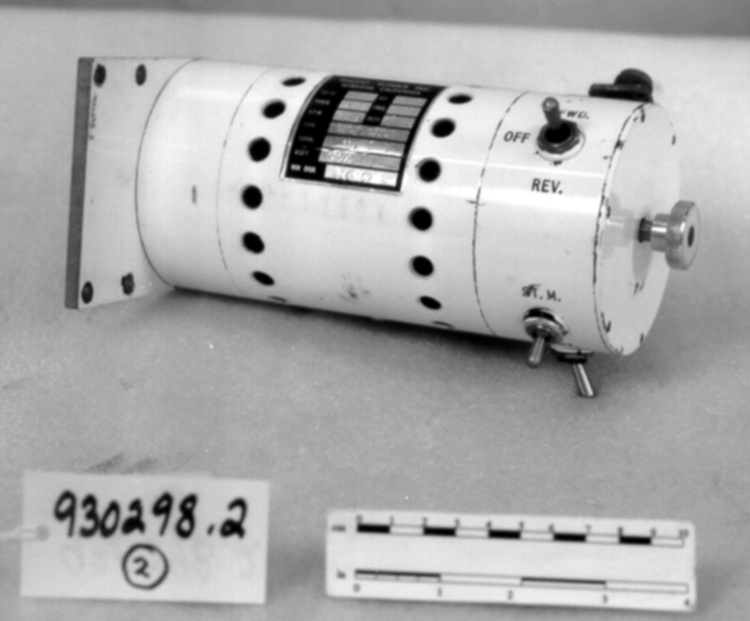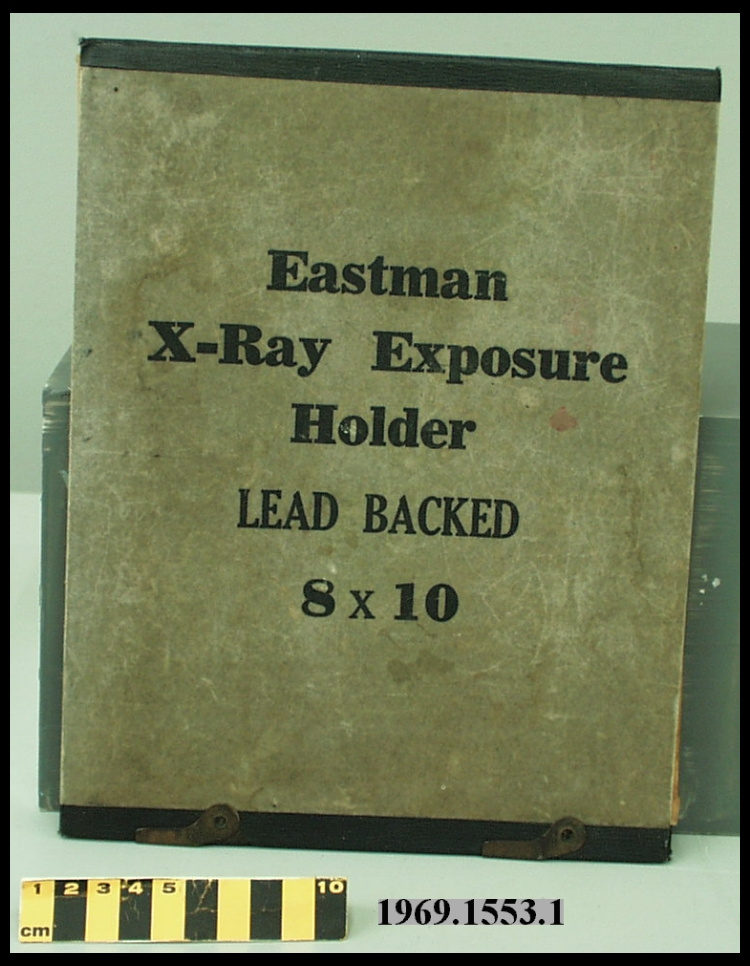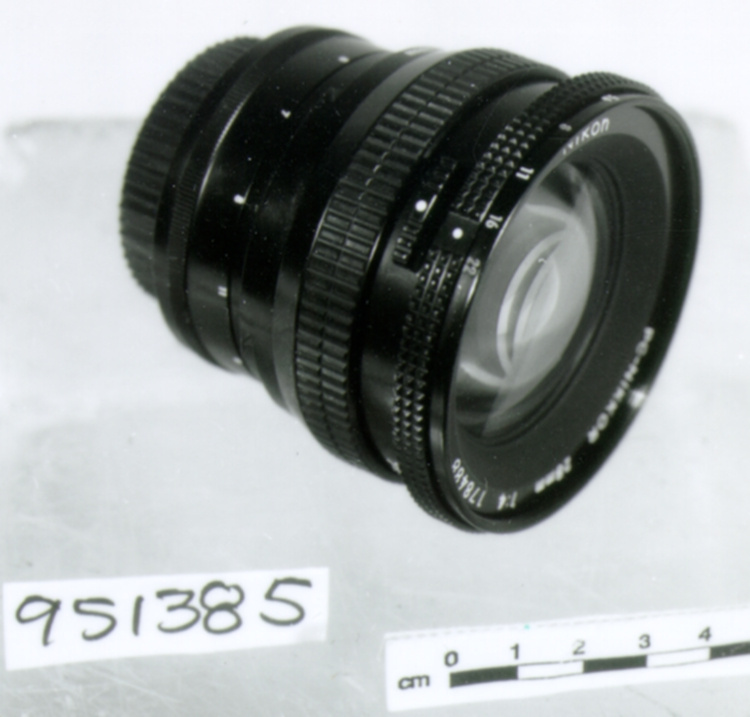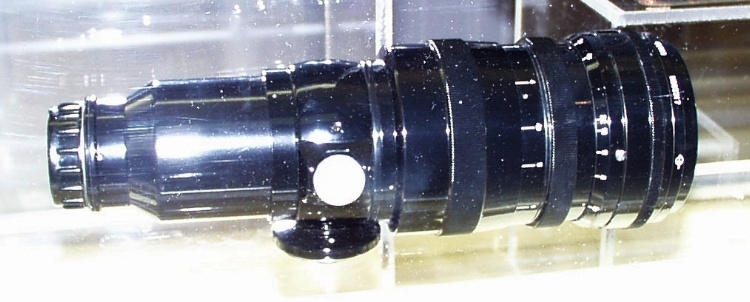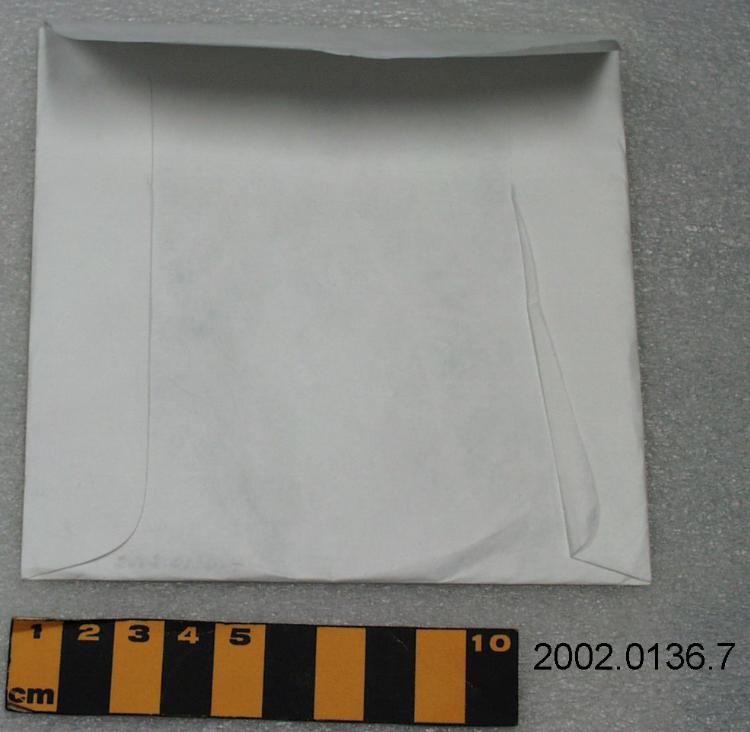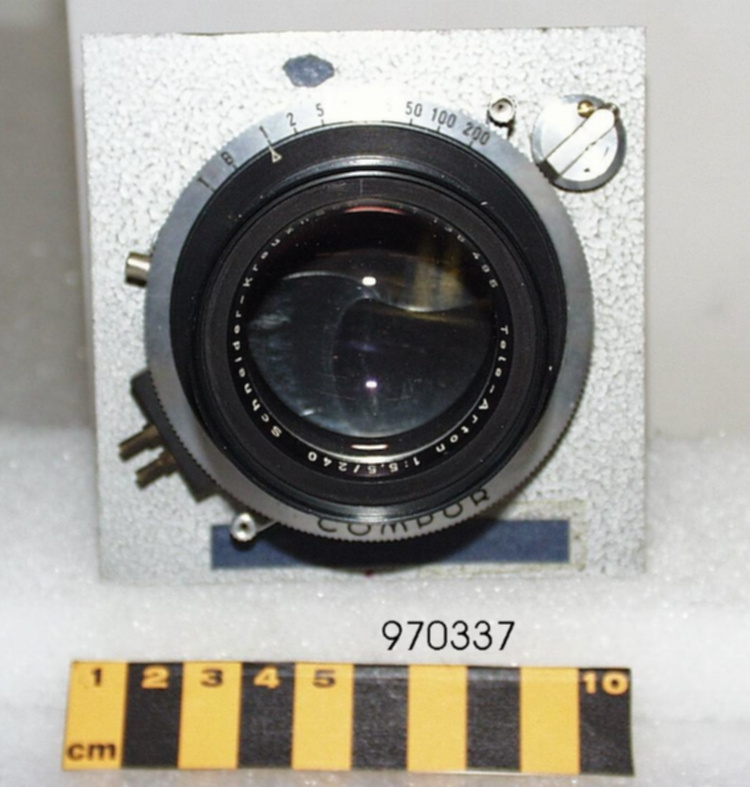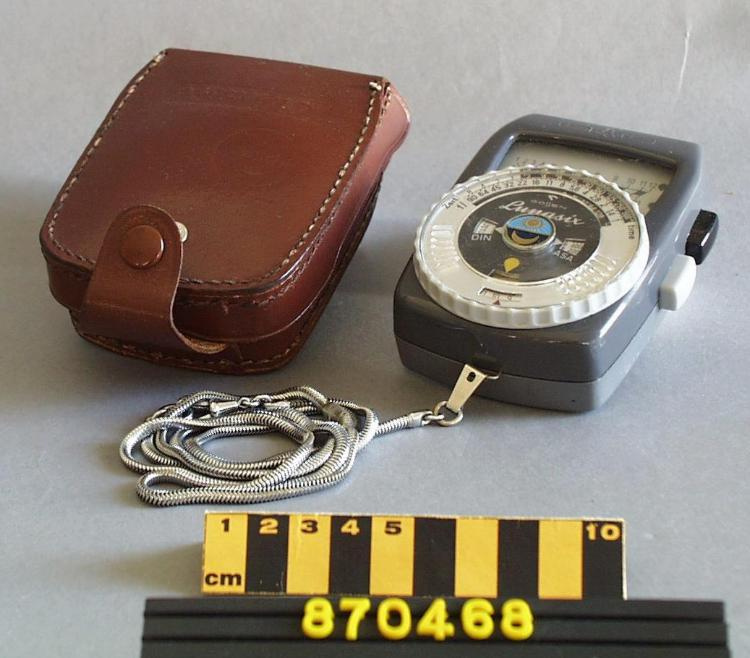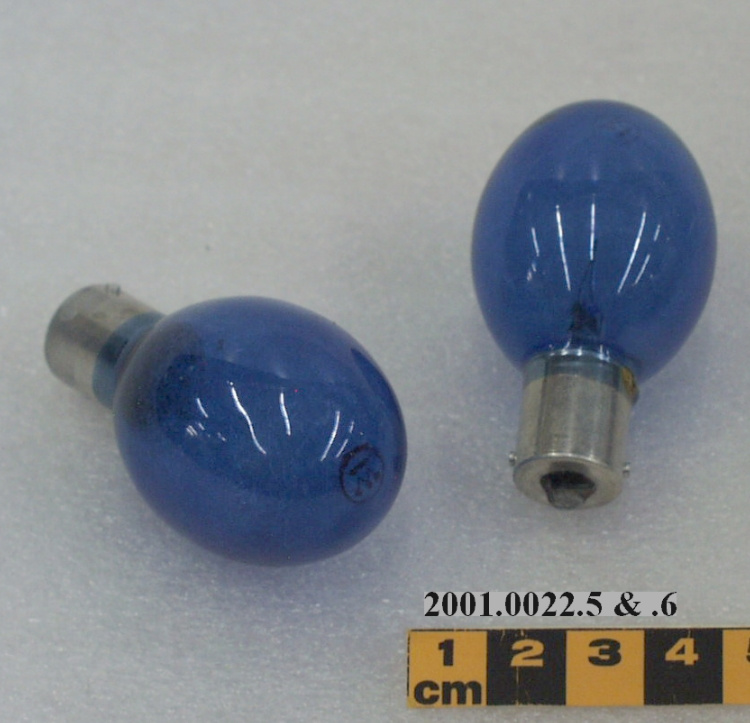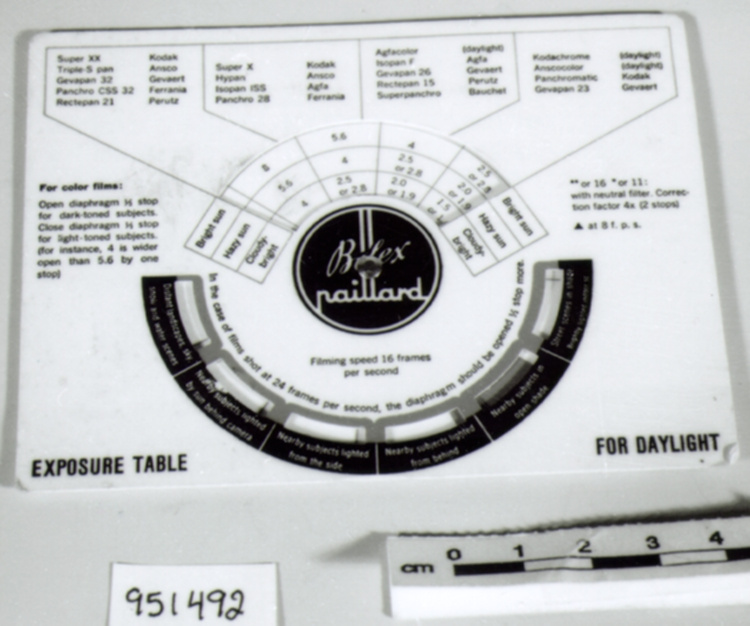Holder, x-ray film exposure
Use this image
Can I reuse this image without permission? Yes
Object images on the Ingenium Collection’s portal have the following Creative Commons license:
Copyright Ingenium / CC BY-NC-ND (Attribution-NonCommercial 4.0 International (CC BY-NC 4.0)
ATTRIBUTE THIS IMAGE
Ingenium,
1975.0042.008
Permalink:
Ingenium is releasing this image under the Creative Commons licensing framework, and encourages downloading and reuse for non-commercial purposes. Please acknowledge Ingenium and cite the artifact number.
DOWNLOAD IMAGEPURCHASE THIS IMAGE
This image is free for non-commercial use.
For commercial use, please consult our Reproduction Fees and contact us to purchase the image.
- OBJECT TYPE
- N/A
- DATE
- 1950–1960
- ARTIFACT NUMBER
- 1975.0042.008
- MANUFACTURER
- Unknown
- MODEL
- Unknown
- LOCATION
- Unknown
More Information
General Information
- Serial #
- N/A
- Part Number
- 8
- Total Parts
- 9
- AKA
- N/A
- Patents
- N/A
- General Description
- wood and metal: box is lead lined.
Dimensions
Note: These reflect the general size for storage and are not necessarily representative of the object's true dimensions.
- Length
- 48.0 cm
- Width
- 46.0 cm
- Height
- 13.0 cm
- Thickness
- N/A
- Weight
- N/A
- Diameter
- N/A
- Volume
- N/A
Lexicon
- Group
- Medical Technology
- Category
- Radiology
- Sub-Category
- N/A
Manufacturer
- AKA
- Unknown
- Country
- Unknown
- State/Province
- Unknown
- City
- Unknown
Context
- Country
- Canada
- State/Province
- Ontario
- Period
- This type of x-ray unit probably used c. 1950s- 1960s, and possibly later.
- Canada
-
Used in Ottawa, specifically at 136 Lewis St., by Dr. Powers. - Function
-
Used to provide graphic images of internal structures. - Technical
-
Example of an exclusively vertical X-ray machine used in doctors' offices. Variable-pulsed, phototimed fluoroscopy. By using the strobe like effect ofavariable light source, each exposure is optimized. The little photomuttiplier pictured be?low monitors the image for a built-in reference computer. The computer automatically corrects KV in the system to assure uniform in-put to the camera. MTF improves because brilliant light pulses yield more information than the same amount of light from a steady source. And the result is something no other fluoroscopic camera can give you: an absolute maximum in brightness and contrast, with the absolute minimum dosage. - Area Notes
-
Unknown
Details
- Markings
- No Markings
- Missing
- N/A
- Finish
- Unknown
- Decoration
- N/A
CITE THIS OBJECT
If you choose to share our information about this collection object, please cite:
Unknown Manufacturer, Holder, x-ray film exposure, circa 1950–1960, Artifact no. 1975.0042, Ingenium – Canada’s Museums of Science and Innovation, http://collection.ingeniumcanada.org/en/id/1975.0042.008/
FEEDBACK
Submit a question or comment about this artifact.
More Like This






